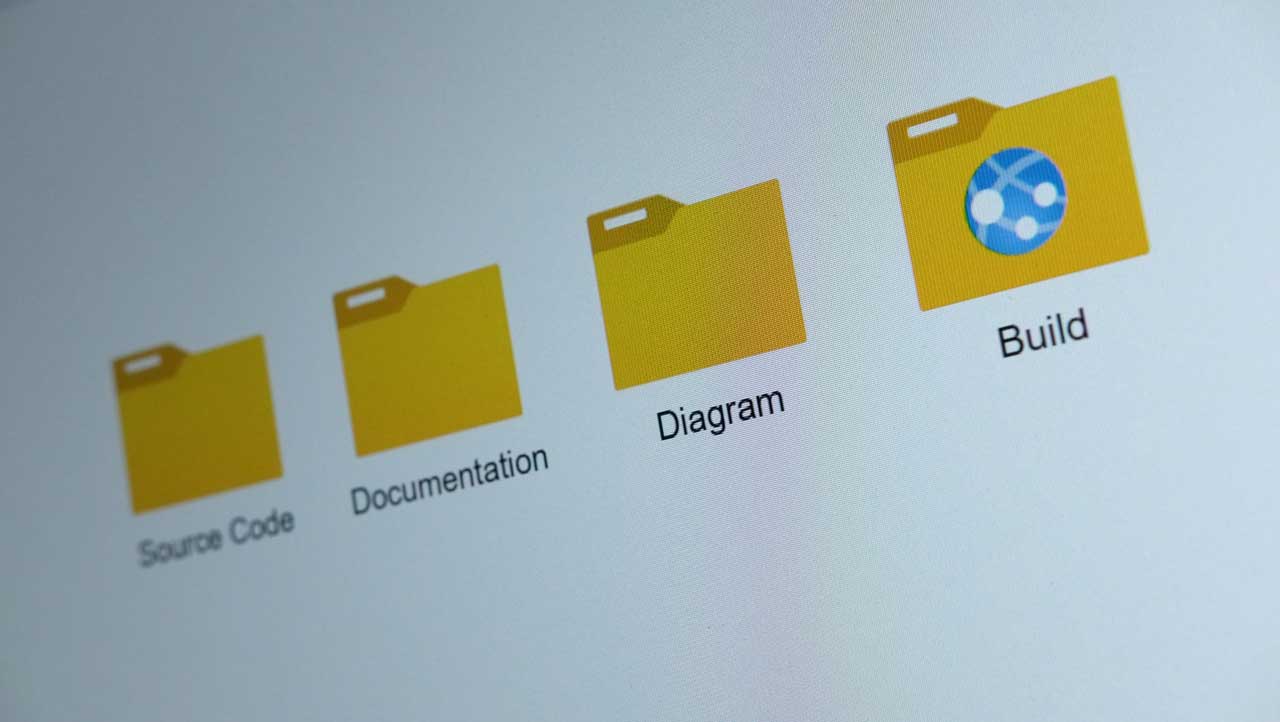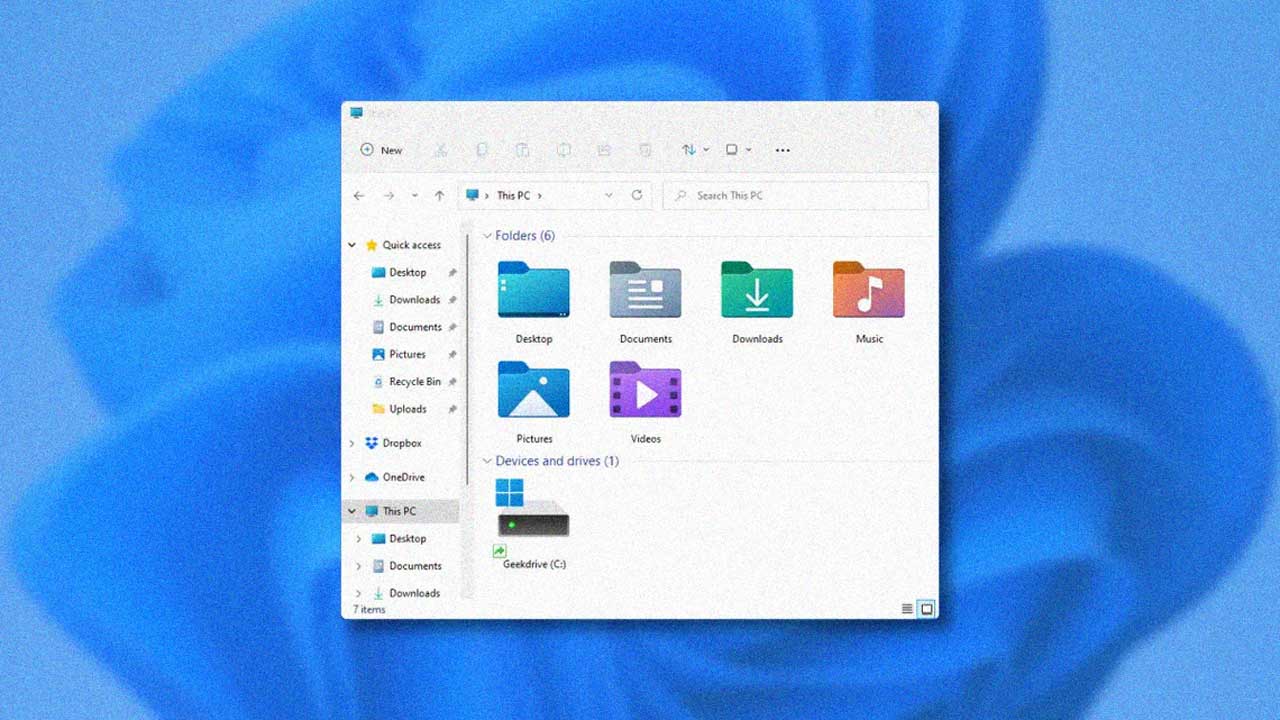As a computer engineer, managing digital files efficiently is crucial to productivity and organization. With ever-expanding storage capabilities, it’s easy to end up with a labyrinth of disorganized folders overflowing with documents, code, media files and more.
Establishing logical systems for file storage and retrieval prevents wasting time hunting down needed materials. While conventions exist for arranging directories, creative computer engineers tailor unconventional strategies to suit their unique needs and thought processes.
Implement a Modular Approach
Rather than dumping all project files into a single folder, subdivide them into logical subgroups contained in parent directories. For instance, separate source code, documentation, diagrams, test cases and builds. Granular organization allows quickly pinpointing specific components of complex projects. Name subdirectories clearly and consistently across projects to leverage organizational habits. Modularity also aids collaboration, with different team members focusing on particular folders.

Use Filenames Instead of Folder Structures
Deeply nested folders can become unwieldy. An alternate approach relies on informative filenames prefixed with codes to denote context. For example, filenames like “PRJ2_Diagram_Architecture.png” and “PRJ2_SrcCode_Backend.py” clarify the project and file type without extensive subfolders. This strategy requires discipline in renaming files, but enables flexible arrangements as codes can be sorted alphabetically or by other parameters as needed.
Leverage Flash Drives for Agility
Don’t underestimate the power of flash drives for quick transfers and backups. USB flash drives provide excellent supplemental external storage and portability. Assign specific flash drives to active projects for rapidly copying files between systems. Flash drives are also handy for creating quick backups of critical project materials before making significant changes. Just remember to use quality drives and periodically refresh backups as flash memory does degrade over time.

But used judiciously, flash drives help navigate the digital maze without relying solely on primary storage locations. Having several flash drives will help you organize your files. Label and categorize each flash drive for easy navigation. Local distributors offer quality flash drives in bulk for a cheaper price.
Organize by Frequency of Use
Place files you access daily in the root folder for convenience, while those used infrequently go in nested directories. Categorize by frequency of use rather than project or file type. This strategy minimizes hunting for commonly needed resources so you can work more efficiently.
Tag Files Virtually
Instead of moving files between folders, use metadata tags to assign multiple virtual categories. For instance, tag project deliverables with client name, project number and stage. Retrieve files through filters on tags rather than by navigating a hierarchy. Virtual tags allow the same file to have different logical associations without duplicating it across physical folders. Updating tags synchronizes the virtual organization.
Use a Chronological Order
Arranging files by modification date places the latest versions first. For projects spanning long periods, this intuitively surfaces active work rather than buried older materials. Chronological sorting allows reviewing the evolution of work over time. To distinguish incremental revisions, include a version number in file names just before the extension, like “report_v01.doc”.
Mirror Your Mental Model
Organize files in a pattern that matches how you think about your projects. Place key phases into parent folders, with subfolders for components. Structure the hierarchy to reflect your personal mental model, which boosts productivity by supporting your natural workflow. Let your brain guide the organization rather than following conventions.
These unconventional strategies enable custom file organization schemes tailored to individual cognitive approaches. Avoid rigidly applying someone else’s systems. Experiment to find arrangements that minimize hunting for materials, facilitate collaboration and map to your thinking. Treat organization as an evolving process, tweaking structures until they become second nature. The payoff is less frustration plus the enhanced ability to interrelate concepts and track how projects develop over time. Ultimately, productivity stems from the harmonic alignment between tools and the mind. So don’t be afraid to challenge norms to organize files your way. The digital maze contains its own logic – you simply need to discover pathways resonating with your perspective. Then you can navigate smoothly between interconnected ideas, propelling technology forward with organized data as a catalyst.
